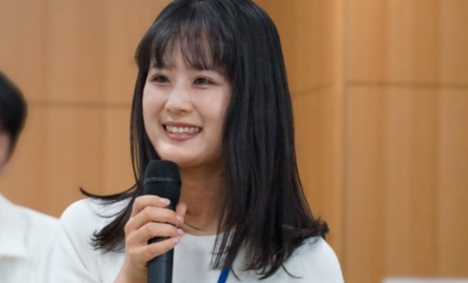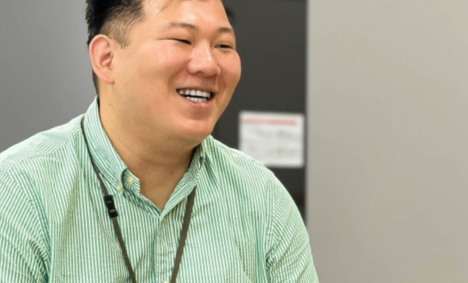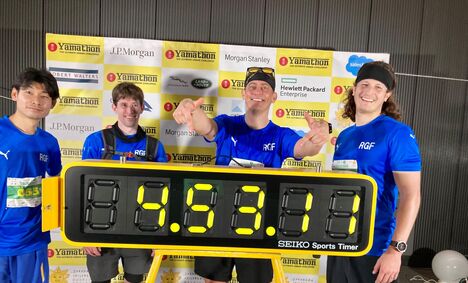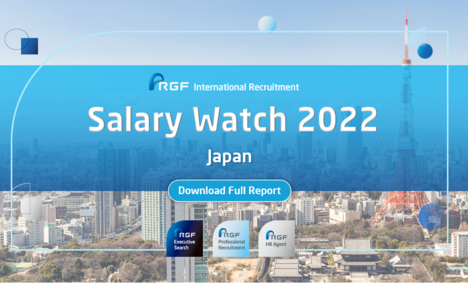
Your next employer goes through numerous applications every day. It will take less than a minute for them to start forming an opinion of you. In that minute, your goal shouldn’t be about convincing them to hire you right away, but should be about making them want to interview you. As a game artist, how exactly are you going to do that?
Your next employer goes through numerous applications every day. It will take less than a minute for them to start forming an opinion of you. In that minute, your goal shouldn’t be about convincing them to hire you right away, but should be about making them want to interview you. As a game artist, how exactly are you going to do that?
If you are unsure about what should go into a good game design portfolio, you are not alone. Keep reading to know about all the information and advice you’ll need to build yourself a game design portfolio that may very well impress your next employer. A consultant from our Game & Entertainment Team works closely with employers and has shared some useful advice about how employers evaluate a game design portfolio.
What is a game design portfolio?
In the gaming industry, a game design portfolio is basically your business card.
Within the game design industry, there are two main categories of game artists, 2D and 3D. Each requires different skillsets and tools. One could choose to specialize in 2D or 3D design. Within these 2 categories, there are even more specializations. A game artist can be skilled at 3D modelling and at the same time, be able to support that through animation. 2D game artists can also create coherent games using only 2D animation. A portfolio is what helps employers understand your focus and your skillset as a game artist.
A well-rounded game design portfolio can include aspects from different areas, such as:
- Game design explanation – how long it took you to create an asset (usually in hours), what project it was created for.
- Computer software experience – Photoshop, video editing and 3D modeling software.
- Art – sketches of characters, environment art, etc.
Do you need a portfolio, as a game artist?
Yes! For game artists, be it 2D or 3D, having a portfolio is the fastest, most effective way to show off the work that you’ve done. Some can even go as far as saying portfolios are more important than resumes. Because similar to a resume, a portfolio helps show your professional experiences, but with real proof. Writing about what you can do will not be as impressive as showing the actual result – your creations. In short, a game design portfolio presents what you are capable of doing so you can improve your chances of getting that job you have always wanted.
Having a game design portfolio will also make it easier for your interviewers to determine whether your style fits their organization. If a company is creating a Final Fantasy-looking game, but your portfolio clearly indicates that your style leans more towards the Clash of Clan aesthetic, it will be unlikely that your style will match what they are looking for.
Source: Pexels, Joseph Redfield
What does a good game design portfolio look like?
Employers evaluate a design portfolio based on five key elements.
1. PRESENTATION. You have to let the presentation do the talking. Make sure you arrange and display your works both strategically and aesthetically to impress employers right from the first glance. Keep your portfolio simple and to-the-point. Ensure to always keep it updated, regarding the detailed information of your work – the amount of time spent, what area it belongs to, what tools, what assigned assets, etc. You want to be consistent and organized to come across as professional.
2. YOUR SELECTION OF PRESENTED PROJECTS. Avoid including everything you have ever worked on. A portfolio should be showcasing your best work, so no need to add every single design you have created on there. This can potentially make employers think that you don't have anything better to put on your portfolio. As the old saying goes – less is more!
3. YOUR COMPLETED WORK. It is also important that you prioritize showing your completed projects. The best portfolio that you can provide is a portfolio of actual completed work. If you want to impress your recruiter or employer, you should put your main focus on pieces that are really impressive. Similar to the previous point, including thirty unfinished games in your portfolio to make it look ‘full’ will not do the trick. Prototypes are better than nothing when it comes to proving your skills, but not as good as completed work. Sometimes, they might even harm you, as employers can use them to nitpick more from your games.
4. ORDER. A portfolio stands out right off the bat when the best projects are showcased first. Employers don't have a lot of time to look at resumes carefully, so it is in your best interest to always put the best projects first. This strategy can never go wrong. If they leave right after a fast scan, having seen your best work, they will leave with a good impression. Or if the first work they read impresses them, it might encourage them to continue looking at your other projects. The games you make don’t have to be big-budget, high-selling games. They could be anything, at any scale. What matters is the quality of your work, and whether they show your passion for designing games.
5. SPECIFY YOUR PART. If teaming up is something you think will help your projects, game jams and meetups are places where you can collaborate with other fellow artists. However, make sure to be very clear about your contribution in the project if there are multiple people involved. It is very helpful for employers to know which part you did, so that they know which part to focus on when reviewing your portfolio.
Lacking artistic skills but still want to prove you can be good at designing games? It is absolutely fine to take into consideration putting your work on service platforms that help display your projects. Behance and Artstation are some of the few sites that will compile and turn your collection of work into a portfolio within minutes. On the other hand, these sites also provide top-level art and portfolio examples that can help you find inspiration if you prefer to create the portfolio yourself.
Should you make a one-size-fits-all game design portfolio?
There’s no rule that says a one-size-fits-all portfolio is not allowed. But if you are applying to multiple companies who have different design styles and you know that tweaking your portfolio a little bit will take you a long way, then by all means, tailor your portfolio accordingly. If your tailored portfolio speaks to the employer in a unique way, that will be a major bonus.
There are companies that will appreciate the diverse range of work you showcase on your portfolio, but there are also companies that will look at your portfolio and think it lacks focus and doesn’t emphasize your main skillset enough. It all largely depends on the specific company you’re applying to.
Discussing with your recruiter on how to best tailor your game design portfolio is also a good idea. Recruiters usually have all the insights, and can give you advice on how to best arrange a portfolio to adapt to the company you’re applying to.
Is there a specific format when creating a portfolio?
Similar to resumes, there are certain things that are ought to be included, but not a guidebook to making a perfect one. The format of a game design portfolio can vary. Some have it in PDF; some make their own website as their portfolio; some put it in a zip file with different folders. Remember that there is not one correct way to create your portfolio.
At the end of the day, game artists are creators, and so you should have fun creating. It’s your way of expressing yourself after all, and that is what going to impress your future employer.

Working at a global company has many advantages, not only for those who want to work globally and those who want to make use of their language skills, but also for people who strive to Unleash their Potential seek their own potential and have a healthy work-life balance.
RGF Professional Recruitment Japan supports the recruitment hiring activities of many of the top domestic and foreign capital companies in Japan. Various excellent companies including foreign and Japanese global companies located in Japan. Therefore, as a result, we can introduce the best career options for each person.to suite all types of career profile.
If you want to work in a global environment or globally, want to work in a place where you can perform more, or want toto a higher level and expand your career options in the future, please contact us. Our experienced consultants will do their best to support your career growth.







